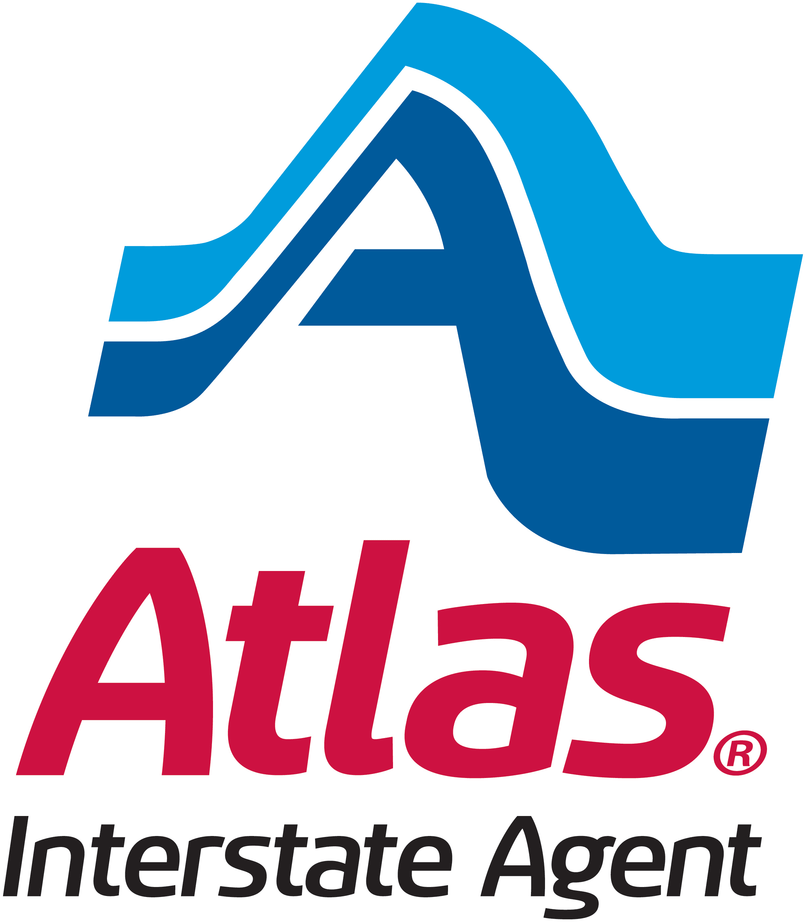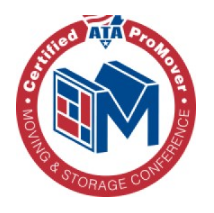What is a Household Goods Inventory Form?

Insurance papers, rental agreements, moving contracts — these are just some of the important documents you need when you move to a new corporate location. But there’s one document you probably haven’t heard about. It’s called the Household Goods Descriptive Inventory form, and it will streamline your entire move.
What Is It?
The Household Goods Descriptive Inventory form is a checklist of all the items you want to move to your new location. Professional movers use this document to determine the total value and overall condition of your shipment for legal and insurance purposes. It’s pretty straightforward. The Household Goods Descriptive Inventory form has several columns for detailing the following information:
- The name of the item you want to move (a desk, for example).
- The condition of the item.
- The location of any damage on the item (on the side of the desk, for example).
What Are All Those Symbols?
The Household Goods Descriptive Inventory form makes it easy to list items that you want to move with several symbols.
Descriptive symbols: These describe the item that you want to move. “C” stands for color television, for example.
Exception symbols: These describe any damage to the item that you want to move. “SC” stands for scratched, for example.
Location symbols: These describe the location of any damage to the item that you want to move. Professional movers use the number 3 if an item, such as a desk, has damage on its legs, for example.
Professional movers might use inventory tag stickers in addition to this form to organize items that you want to move. They also need to note down any damage that occurred to your shipment during the moving process.
Who Signs the Form?
The Household Goods Descriptive Inventory form requires four signatures. Before you leave your original destination, the contractor, carrier, or authorized agent (usually the driver) will sign the form, as well as the owner (that’s you). When you arrive at your location, the contractor, carrier, or authorized agent (driver) will sign the form again, as will you.
Professional moving companies like Nelson Westerberg use the Household Goods Descriptive Inventory form to optimize your inventory of items. This simple form is one of the most important moving company documents as it makes it easy to determine the value and condition of your belongings.
Related Articles
Interstate Moving for Seniors: Everything You Need to Know

Packing your belongings is like stuffing a lifetime of memories into a shoebox. Interstate moving without assistance can be tough for anyone, and it can be especially challenging for seniors. There are many factors to consider, such as Preparation Costs Best moving season Health and safety considerations Expectations Adjustments when settling into your new home. […]
Read MoreMoving Interstate With Pets: All the Essentials You Need to Know

Congratulations on getting that new job that’s in a new state. But moving to a new state is very challenging, especially if you are interstate moving with seniors or pets. Luckily, we got you covered. Moving with pets poses unique challenges, but with proper planning, you can ensure a smooth journey for your furry friends. […]
Read More




